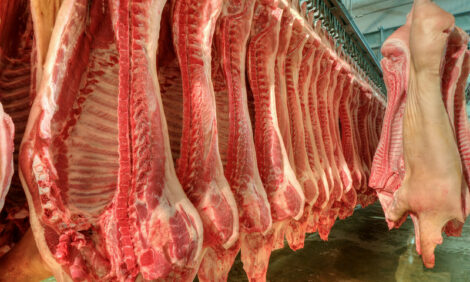



Improving Hygienic Conditions One Way to Reduce Antibiotics
ANALYSIS - Reducing the use of antibiotics on-farm doesn't happen in a day. Rather, it's a philosophy change in farm management, according to Bruno Gonzalez-Zorn, professor at the University of Madrid."On many farms, we are used to a certain amount of antibiotics that we use normally, and what we have to is to change the philosophy of how we manage a farm," Gonzalez-Zorn said. "We have to increase the management and the hygienic conditions of a farm - that's very important. We know very well that the farms that use the most antibiotics are the ones that are the worst managed with hygienic conditions that are worse [than other farms]."
He noted this is also the case in many hospitals.
"Hospitals where more antibiotics are used are also the ones that have less hygienic conditions," he said. "In any population the less hygienic conditions you have, the more antibiotics you use to counter-weight the amount of bacterial infections that you have. But apart from that we can have faster diagnostics; apart from that we use new vaccines that are out in the market against bacterial diseases; general bio-safety measures also improve. There are many measures that can help to reduce the use of antibiotics in farms."
The starting point is an on-farm assessment. Gonzalez-Zorn is currently working on a European project called EFFORT (Ecology from Farm to Fork Of microbial drug Resistance and Transmission) that is looking at antibiotic use in every farm.
"At the same time, we are taking a questionnaire with 140 questions and are trying to link the resistance levels with the hygienic measures and bio-safety measures, including vaccination, diagnostics, and so on," he said. "We think we will be able to recommend in certain farms what things to change in order to reduce antibiotic resistance, but it will depend on each farm."
One of the goals is to improve disease diagnosis, so only the correct antibiotics are being used.
"Improving diagnostics to very specific diseases can help the vet to prescribe to decide very fast what is the bacterium and what antibiotics can be used immediately," he said. "These fast diagnostics in hospitals and also on farms could help to make a proper decision of which antibiotic to use from the very beginning."
For more information about swine diagnostics, click here or connect to the Thermo Fisher Scientific Swine Resource Center.









